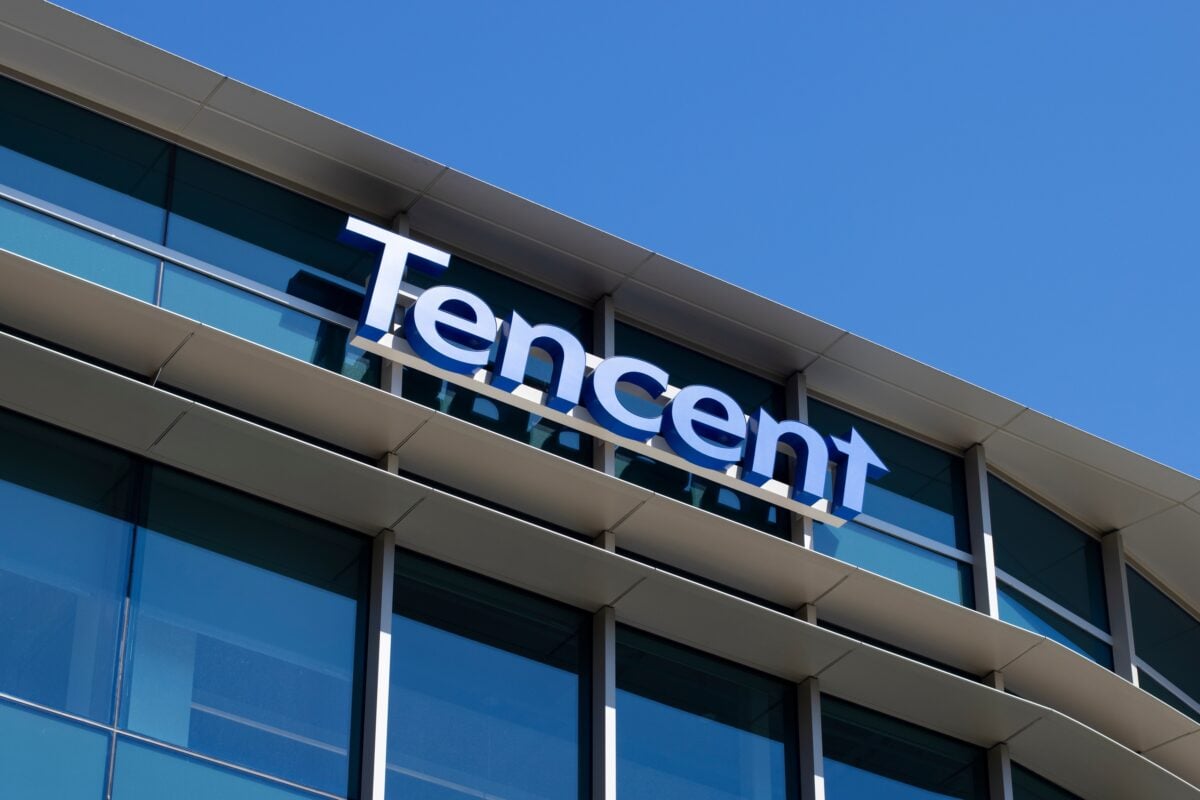Cardano is on track to mark its eighth anniversary since it was launched at the end of September 2017.
As Cardano’s eighth anniversary nears, Cardano focused community account Cardanians took to X to highlight Cardano’s unbroken network uptime record, second only to Bitcoin.
Since its launch, Cardano has been running 24/7, has never been hacked or down, and has the second longest uptime, trailing only Bitcoin.
The Cardano-focused community account echoed the statement made by Cardano founder Charles Hoskinson in a recent interview, where he stated that Cardano has been running for nearly eight years, having launched in 2017, without any downtime, an achievement he stands proud of.
Based on recent data, Cardano has processed over 113,000,000 transactions, indicating network adoption. ADA was trading at $0.88 at press time.
What’s next for network?
According to Input Output, the Cardano network has a slew of improvements in the works, including Ouroboros Peras, Ouroboros Leios and the Cardinal protocol, among others.
Ouroboros Peras is an ouroboros protocol version that brings fast finality to Cardano. Peras enhances Nakamoto-style consensus by introducing a Byzantine Fault Tolerant (BFT) voting mechanism.
Ouroboros Leios marks a major high-throughput upgrade to Cardano’s consensus protocol, with a CIP to be proposed in the coming months.
The Cardinal protocol provides the first trust-minimized bridge between Bitcoin and Cardano, enabling secure wrapping of Bitcoin UTXOs, such as Ordinals, as native-like Cardano assets.
CIP-0118 (nested transactions) proposal introduces validation zones to support nested transactions, enabling use cases like Babel fees and intent-based services. CIP: Ouroboros Φalanx marks an upgrade to Cardano’s consensus protocol which strengthens resistance to grinding attacks and improves fairness in leader election.
Jolteon is a network-adaptive BFT consensus protocol being formalized in Agda for use on Cardano partner chains. Plutus-Halo2 demonstrates a breakthrough in on-chain verification of recursive zero-knowledge proofs on Cardano, specifically Halo2.
Partner chains’ restaking frameworks would enable shared security across partner chains by reusing staked ADA and leveraging existing SPO infrastructure, without requiring liquidity pools or new collateral.
Source: https://u.today/cardano-marks-8-years-of-uptime-second-only-to-bitcoin-whats-next-for-network



